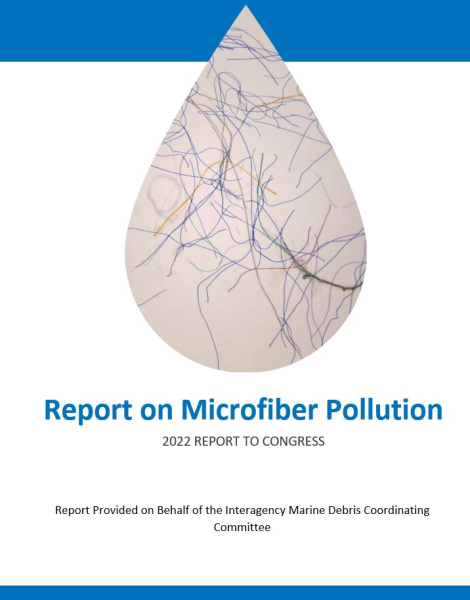
The Save Our Seas 2.0 Act of 2020 (Public Law 116-224) requires the Interagency Marine Debris Coordinating Committee to complete a report on microfiber pollution that includes:
- a definition of microfiber;
- an assessment of the sources, prevalence, and causes of microfiber pollution;
- a recommendation for a standardized methodology to measure and estimate the prevalence of microfiber pollution;
- recommendations for reducing microfiber pollution; and
- a plan for how Federal agencies, in partnership with other stakeholders, can lead on opportunities to reduce microfiber pollution during the 5-year period beginning on the date of the Act’s enactment.
This report will provide Congress with an overview of the microfiber pollution issue, while also outlining a path forward for federal agencies, in partnership with other stakeholders, to address this problem.
NOAA’s Marine Debris Program and the Environmental Protection Agency’s Trash Free Waters Program co-led the development of this report on behalf of the Interagency Marine Debris Coordinating Committee, with support from the consulting firm Materevolve.
We invite comments, feedback, and recommendations on the draft Report on Microfiber Pollution, including Section 7, which contains a plan that outlines opportunities to reduce microfiber pollution.
You can access the draft Report on Microfiber Pollution on our website and comments will be accepted until October 17, 2022. To learn how to submit a comment through the Federal eRulemaking Portal, please view the Federal Register Notice.
